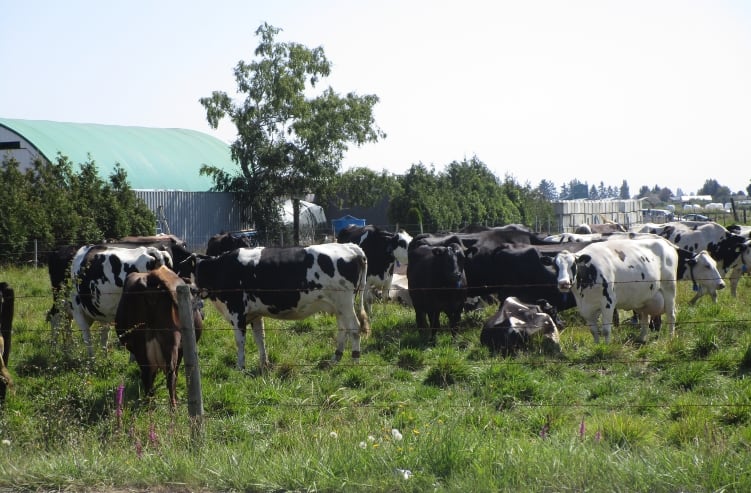Dustin Boughton, procurement director, said apart from the ongoing turbulence in the US cheese market, global dairy markets remained calm as COVID-19 infections rise and movement restrictions return. He said dairy market fundamentals are mixed across major producers, and regional factors continue to influence the value directions in commodities.
The effects of the first wave of COVID outbreaks limited the overall effect on dairy demand, Boughton said, helped by sales through grocery channels. This was also cushioned in Europe by summer demand for cream, which avoided large butter surpluses.
The second wave outbreaks are far larger in scale than in Q2-2020, and Boughton said he believes governments will take a mixed response in applying restrictions, with some avoiding unpopular lockdowns. The adequacy of retail demand will be tested as governments now offer less income support and the closure of foodservice outlets will weaken cream use.
“There is an uncertain volume impact of more cautious discretionary spending on the dairy category. Meanwhile, commodity prices have recovered and dairy commodity buyers in price-sensitive export markets will face a more complex economic outlook and may not have the need or incentive to restock,” Boughton said.
The risk of further stock build-up in butterfat depends on the resilience of cheese demand in the EU and US as well as the prospects for increased exports, he added. There will be an ongoing slow and bumpy recovery in food service channels while business and tourism travel and events will be limited through much of 2021.
Milk growth picked up recently but, outside of the US, won’t be sustained through the coming months, as weather and feed costs will start to impact milk production in several regions.
Global trade remained ahead of the prior year in August but at a slower pace than each of the previous two months. The year-on-year growth across major commodity categories was lower in most cases. Butterfat trade was most impacted: August trade fell by a combined 11%.
Spot prices for SMP have been mixed recently – steady in NZ since mid-September, weaker in the US as milk supply expands, and firmer in the EU, Boughton noted.
Prices for WMP have stabilized in the past few months, with EU and NZ product converging and trading around the $3,000 mark. At the earliest October GDT Event, WMP values gained, steadying at the latest event.
Cheese values in the US gained through October, while NZ and EU prices have steadied with EU values remaining competitive. US Q1-2021 futures prices have also increased with the rampant spot market, but once additional supplies are available, futures prices suggest a large correction, he said.
Butterfat trade fell 10.8% in overall terms, pulled lower than the prior month’s decline by a 20% fall in AMF trade, while butter trade worsened a little to fall 6.8%. This came despite a continuing slide in NZ average shipped prices, while EU values continued to increase.
Boughton said whey product values were steady through October and remain under the complex influence of COVID-19 on milk supplies, the prospects for increasing cheese output, relative SMP prices and weak demand for high-concentrate products as infant formula trade remained subdued and fitness markets have shut down due to movement restrictions.




